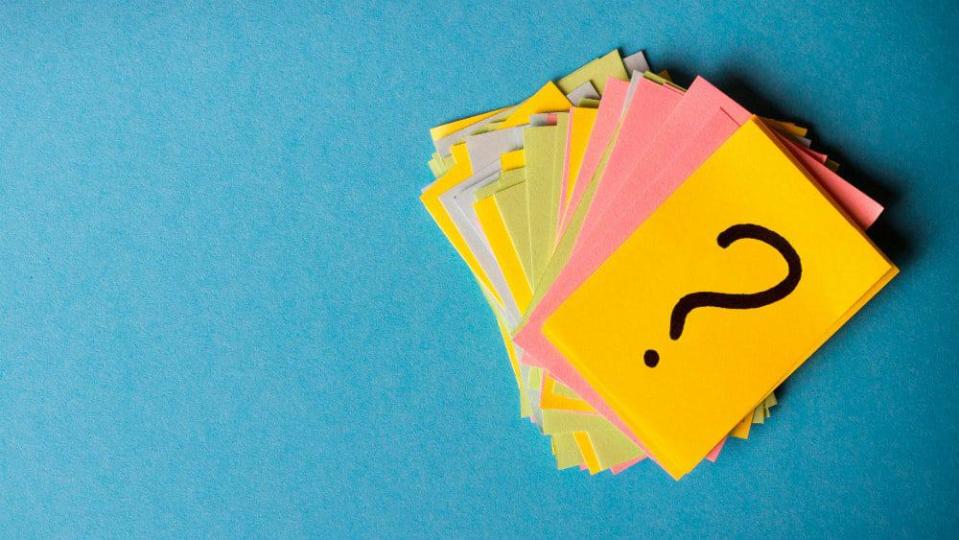Retirement Savers: Are You Part of the 34% of Canadians Making This RRSP Mistake?

According to a Bank of Montreal study from earlier this year, 34% of Canadians are making a major RRSP mistake — a mistake that could cost them dearly come tax time.
It’s a trap that most investors are aware of, yet many still find themselves falling into when times are tough.
If you’ve got major expenses looming, it’s easy to find yourself committing this mistake even when you’ve sworn you’d never do so.
Fortunately, as you’re about to see, there’s an easy way to avoid the trap–even if you think you’ve got a truckload of expenses coming up on the horizon.
Withdrawing from your RRSP before retirement
Withdrawing from your RRSP before retirement is generally acknowledged as a major mistake. Although RRSP investments grow tax-free (i.e., you pay no dividend or capital gains taxes while your investments are in the account), funds are taxable upon withdrawal.
If you’re still earning an income, that tax can be very high since it’s based on your marginal rate. If you’re earning over $210,000 a year, expect to pay $33% in federal taxes alone.
There are a few exceptions that permit you to withdraw from an RRSP early without a tax penalty. If you’re planning on buying a home, you can withdraw up to $25,000 under what’s called the Home Buyer’s Plan.
You can also withdraw up to $10,000 a year tax-free into a Lifelong Learner’s Plan—a different type of registered account with its own rules and regulations.
Why it’s a mistake
The reason withdrawing from an RRSP early is such a big mistake is because it defies the logic of having an RRSP in the first place.
The reason people open RRSPs is to enjoy tax savings.
If you’re withdrawing early and paying a tax of over 20% on what you’ve earned, that defeats the purpose of opening the account.
Of course, it all depends on the amount of tax-free gains you’ve managed to accumulate. If you withdraw from an RRSP after netting a 1000% return on a speculative growth play, it’s still a net winner even after factoring in all the taxes.
However, apart from an RRSP, only 50% of a capital gain is taxed, and you need an actual gain to even be taxed. When you withdraw money from an RRSP it’s taxed even if your investments went nowhere.
What to do instead
The most obvious objection to everything I’ve said so far would be something along the lines of, “Of course I’m not planning on withdrawing early, but what if a financial emergency comes up?”
It’s true that if you need money to pay for emergency expenses at the last minute, you may have to cash out of your RRSP–assuming that’s the only retirement vehicle you own.
However, if you have a long time-horizon ahead of you, you can easily avoid ever having to do that.
How? Well, by spreading your retirement investments across a TFSA and an RRSP.
TFSAs allow you to grow your investments tax-free just like RRSPs. However, unlike RRSPs, TFSA funds aren’t taxable on withdrawal. Further, TFSAs let you re-contribute withdrawn income in the next year, giving you a double dose of flexibility.
So, if you have part of your retirement savings in a TFSA, you can withdraw it without the slightest pang of guilt.
Consider the case of an investor holding a position in iShares S&P/TSX Capped Composite Index ETF (TSX:XIC), who suddenly has to pay expenses related to property damage but has no cash savings.
XIC, as a highly liquid fund, can easily be sold on the market and used to finance sudden expenses like this, so the investor has that option available. However, if they hold their entire position in XIC in their RRSP, they’ll have to weigh the costs of withdrawing their RRSP funds vs borrowing money–if they’re a high earner, borrowing may well be cheaper!
The investor holding an XIC position spread across an RRSP and TFSA faces no such dilemma. With their liquid ETF sitting happily in a TFSA, they can cash out, withdraw and easily cover any expenses that come up–without worrying about a tax bill.
More reading
Canada Revenue Agency: 80% of Canadians Are Making This TFSA Mistake
TFSA 101: How Retirees Can Earn an Extra $635 Per Month in Tax-Free Pension Income
TFSA Users: $10,000 in This 12.58% Dividend Stock Pays $1,258/Year
Fool contributor Andrew Button has no position in any of the stocks mentioned.
The Motley Fool’s purpose is to help the world invest, better. Click here now for your free subscription to Take Stock, The Motley Fool Canada’s free investing newsletter. Packed with stock ideas and investing advice, it is essential reading for anyone looking to build and grow their wealth in the years ahead. Motley Fool Canada 2019

 Yahoo Finance
Yahoo Finance 